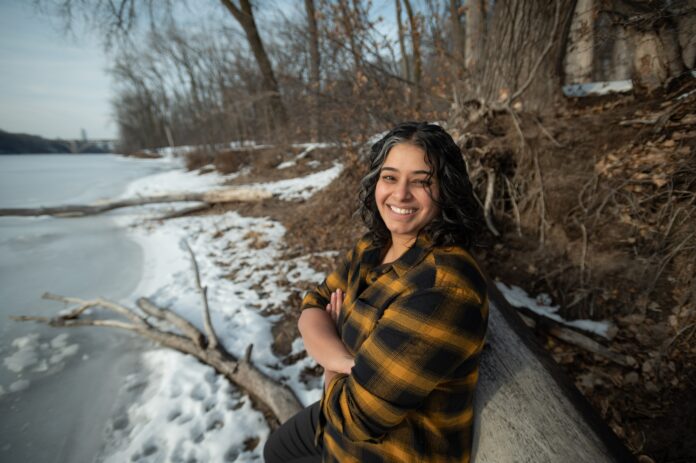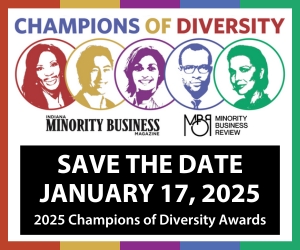By Ginger Strand, Freelance Writer. Full story is available here.
Question and answer with Meera Bhat, The Nature Conservancy’s director of equitable conservation.
Your background is scientific: mathematics, molecular and cell biology, public health. How did you end up focused on equitable conservation? I don’t have a classic story, like “My dad took me to the woods all the time; we got The Nature Conservancy magazine when I was a kid and I knew about conservation all my life.”
I moved to New York City after college to continue my studies in molecular biology. And I fell in love with urban areas. I became a community gardener; I did a lot of work around vacant land. That was how I came to love land—not wild, wide-open spaces, but small spaces, often with toxic soil. I connected with African American and immigrant communities who had tended that land when no one else did, when it was considered worthless by the city. Communities would come together and grow things and use it as gathering space. So you can see a link to TNC’s beautiful, expansive idea of a preserve: a place where nature can thrive in its own way, and people can become healthy and heal through interacting with nature and with each other there.
My concept of nature has never had any notion of the pristine in it. Our species’ relationship to all the other species around us is very clear to me. I live in Minnesota now and I see wide open vistas with the same lens that I see these small community gardens: This is about the relationship between people and land and every other species that’s not human as well.
What does your role look like on a day- to-day basis? I work mostly internally with different teams across the organization to help center equity in our conservation practices, outcomes and culture—building it into our goals and ensuring that it’s embedded in what we think of as conservation.
What does it mean to “embed” equity in conservation? Equitable conservation means acknowledging and attempting to repair the negative social impacts that conservation can have and has had on people—often Indigenous people, local communities and people of color. We seek to repair those impacts through changes in our practices, out- comes and culture, and so orient our future work so we can seek to prevent these aspects entirely. It’s both about repair and transformation.
Will thinking more about equity change the definition of conservation? Our understanding of conservation is not fully complete. And that’s fine; that’s how science works. It builds on itself. It’s not so much advancement in a linear direction, but adding more dimensionality, broadening our under- standing of what is needed for durable conservation impacts. We learn more; the world changes more; our thinking becomes more sophisticated. And to be honest, the challenges become more sophisticated, too.
Perhaps another way to define equitable conservation would be to call it conservation that includes consideration of all human beings. People—especially people whose lives and livelihoods are deeply connected to land and water—are a part of nature. There’s no way you can protect nature without considering how people are interacting with it and how their livelihoods are affected by it. There’s this idea that people are a threat to nature—that nature needs to be protected from things like economy and industry. And that’s not a nuanced enough analysis. Different people with different levels of access to power have different effects on the land. Historically, the people that land has been protected from have been the people least likely to do it harm.










